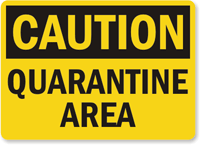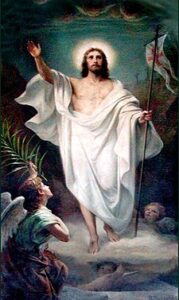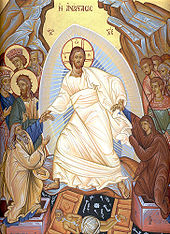Q. 49. What benefits do we receive from Christ’s ascension into heaven?
A. First, that he is our Advocate in the presence of his Father in heaven. Second, that we have our flesh in heaven as a sure pledge that he, as the Head, will also take us, his members, up to himself. Third, that he sends us his Spirit as a counterpledge by whose power we seek what is above, where Christ is, sitting at the right hand of God, and not things that are on earth. Heidelberg Catechism
I remember being startled when I read this strong affirmation of Christ’s taking on flesh for our salvation. As an Evangelical I heard much about Christ’s birth and his death on the Cross. I heard a little about Christ’s resurrection but almost nothing about the significance of his ascension for our salvation. Reading this little gem in the Heidelberg Catechism, one of the major confessions of the Reformed tradition, helped me to appreciate the Incarnation as a long arc that included Christ’s birth, his death on the cross, his third day resurrection all of which culminates in his ascension to the Father. It also challenged my understanding back then of heaven as strictly a spiritual place. As I moved towards Orthodoxy I began to understand that in the Christian worldview both the heavenly and earthly realities interpenetrate each other. This understanding is critical for a sacramental worldview.
It is important that there be clear teaching on the meaning of Christ’s ascension from the pulpit. Without this lay people can have an uncritical and distorted understanding of the Ascension. I once described Jesus’ Ascension to some non-Christians as being like the astronauts lifting off into space. As soon as I said this I knew it was off but was embarrassed that I had not heard a good sermon about what the Ascension was about. The literal understanding I had of Acts 1:9 overlooked the fact that Jesus was taken up into a “cloud.” The “cloud” is a symbol of the divine presence (see Luke 9:34). Christ’s ascension should not be viewed as his moving from one location to another. Having defeated Death and Hell, Christ as the Victor took his rightful place at the right hand of God to rule over all creation (see Matthew 28:18).
The totality of the Incarnation is important for our salvation. Salvation in Christ can be understood not just in legal terms: being acquitted of our lawbreaking and acquiring the legal rights to heaven, but also real benefits arising from our union with Christ. The great mystery of our salvation in Christ is that the eternal Word descended from heaven and actually took on human flesh becoming fully human like us. Not only did the second Person of the Trinity take something from us – our human flesh, he gave something to us – his Spirit. That is why Christ’s Ascension is linked to the outpouring of the Holy Spirit on Pentecost.
Prior to his Passion, Jesus prayed for an ontological union between us and him:
…that they all may be one, as You, Father, are in Me, and I in You; they also may be one in Us, that the world may believe that You sent Me. And the glory which You gave Me I have given them, that they may be one just as We are one. (John 17:21-22; NIV)
This prayer presents a radical challenge to Protestantism’s tendency to dualism. This tendency occurs when God’s transcendence is overemphasized and the Incarnation neglected. In the dualistic error physical matter and human flesh tend to be viewed as unspiritual. Many Protestants tend not to view their church building as sacred space. Similarly, they view the bread and the wine in the Eucharist as symbols that stimulate faith in our hearts rather than the actual body and blood of Christ. In Orthodoxy we pray for the Holy Spirit to come down upon the bread and the wine making them into the body and blood of Christ. We also believe that in the Liturgy that we participate in the divine life of the Trinity. Orthodoxy believes that our churches are sacred spaces even during the week when no activity is taking place.
This Thursday the Orthodox Church celebrates the Ascension of Christ. Ascension Thursday and Pentecost Sunday bring about another stage of our salvation in Christ. Christ has gone away but has given us his Spirit. In the meantime we wait for his return in glory and the resurrection of our bodies. Faithfully and with firm hope we celebrate and participate in the Eucharist, knowing that heaven and earth are no longer separated from each other but united in Jesus Christ.



Recent Comments